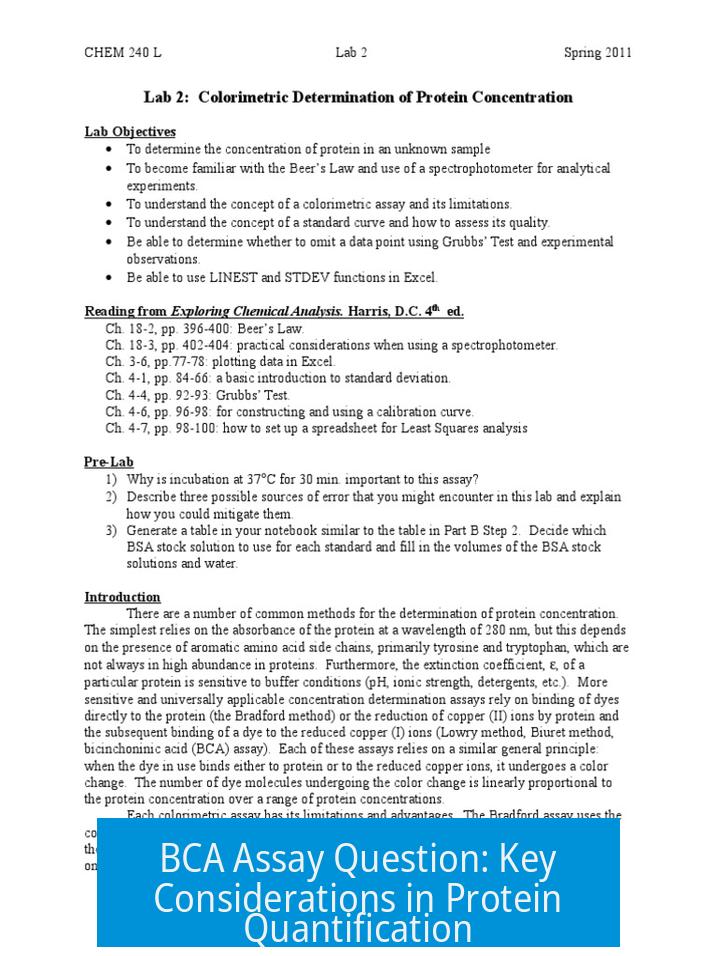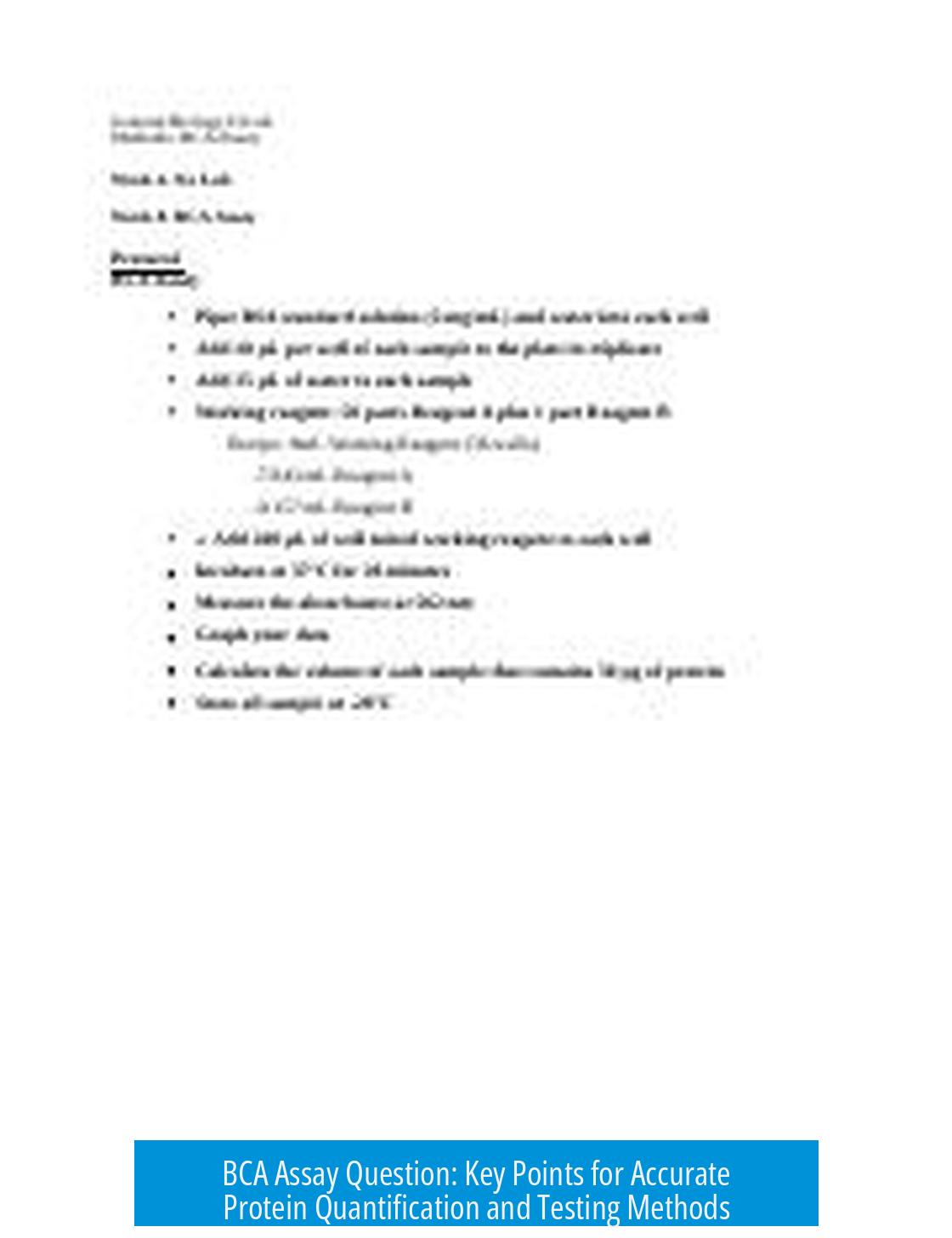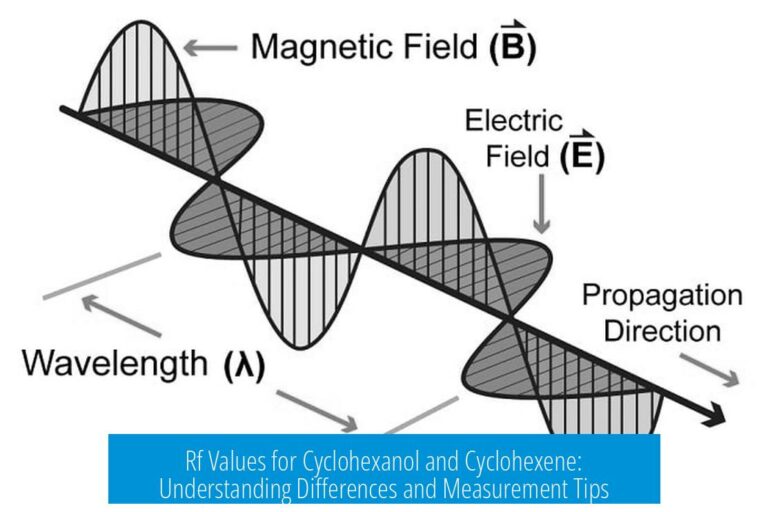BCA Assay Question: Key Considerations in Protein Quantification

The BCA assay is a reliable method for protein quantification, but factors such as plate variability and standard curve usage can affect results. Careful attention to these elements ensures consistency, especially when preparing samples for Western blot analysis.
Variability and Plate Differences
Despite the BCA assay’s robustness, variations can occur due to differences in microplates or plate batches. These changes may impact absorbance readings and protein concentration calculations.
Each plate may have distinct surface properties or manufacturing inconsistencies. Such variability means measurements from one plate might not perfectly match those from another. Users should be cautious when comparing data across different plates.
Running BCA Prior to Western Blot
When preparing protein samples for Western blot, running the BCA assay ensures accurate protein loading. This is crucial for detecting specific bands, particularly when testing new antibodies or monitoring expression changes.
Repeating the BCA assay prior to sample loading can prevent issues caused by inaccurate protein quantification. Despite the extra step, rerunning the assay is typically less time-consuming than troubleshooting Western blot problems resulting from uneven protein amounts.
Using Previous Standard Curves
If a previously generated standard curve exhibits a strong linear response, it can be reused for similar experiments aimed at equalizing protein sample loads.
This approach saves time without significantly compromising accuracy when the assay conditions remain consistent. However, users should verify the linearity and applicability of the prior curve to current samples.
Summary of Key Points
- Plate variability can influence BCA assay results; separate plates may yield different readings.
- Repeating the BCA assay before Western blotting reduces errors related to protein loading.
- Previous standard curves can be used if they show consistent linearity and assay conditions do not change.
Can differences in microplates affect BCA assay results?
Yes. Variations between plates can cause differences in measurements. This can affect the accuracy of your protein quantification.
Is it okay to use a previous standard curve for BCA assays?
If the previous curve is linear, you can reuse it. This is fine when aiming for equal protein amounts across samples, like for loading gels.
Should I repeat the BCA assay before running a Western blot?
Repeating the BCA assay is often safer. It helps ensure correct protein amounts and avoids issues with inconsistent loading controls.
Can skipping a repeat BCA assay impact Western blot results?
Yes, skipping repeats risks incorrect protein quantification. This may cause wrong conclusions about protein level changes in your blot.





Leave a Comment